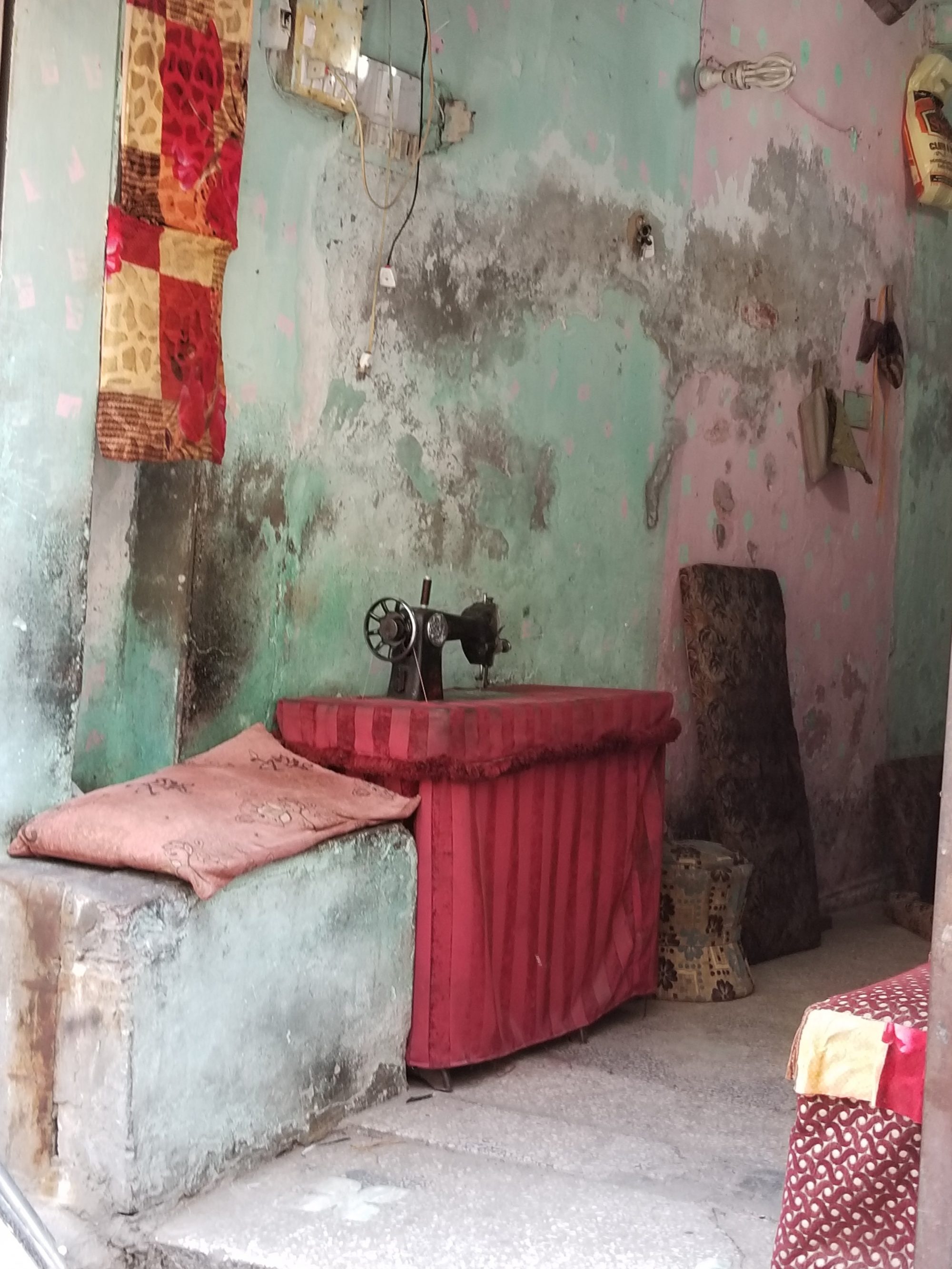In the year 1612, Jahangir, the fourth emperor of the South Asian Islamic-Mughal dynasty, was presented with a bird he had never seen or heard of before—the turkey.
But it wasn’t known by that name yet. In fact, turkeys (native to the Americas) would be called many different names as they passed through early modern trade networks, highlighting the ways in which commodities, ideas, words, and people floated freely.
Jahangir’s turkey was among the rarities that Muqurrab Khan, a high-ranking Mughal official, had purchased for the emperor from Portuguese traders at port city of Goa, located on India’s western coast.
The Portuguese, along with the Spanish, operated trading operations in the Indian and Atlantic oceans. Their cargoes carried exquisite goods –gemstones, spices, fruits, vegetables, textiles, and animals – from and to the ‘new’ world (North and South America), Southeast Asia, and South Asia.
The turkey’s journey from the Americas to Europe and Asia highlights complicated processes of knowledge production, prodding us to suspend west-centric frameworks of imagining world history. What’s in a name? Quite a lot, in the case of the turkey.
#Mughal #painting #thanksgiving #christmas #turkey #miniaturepainting






































